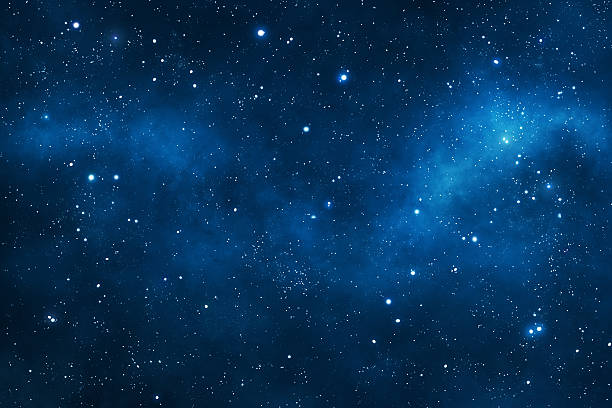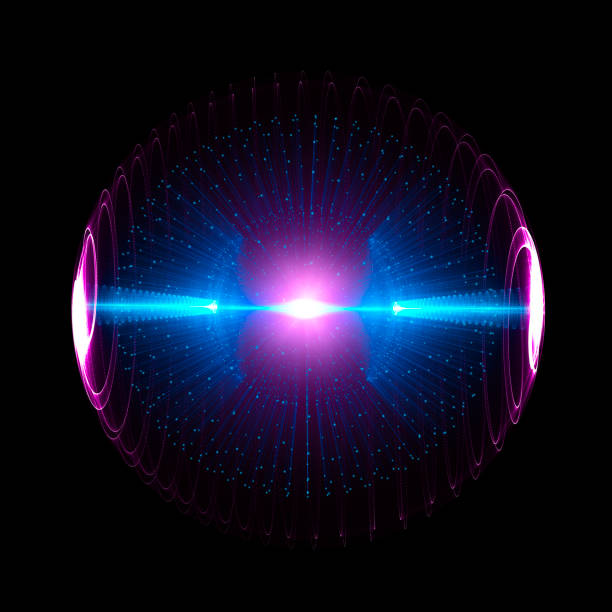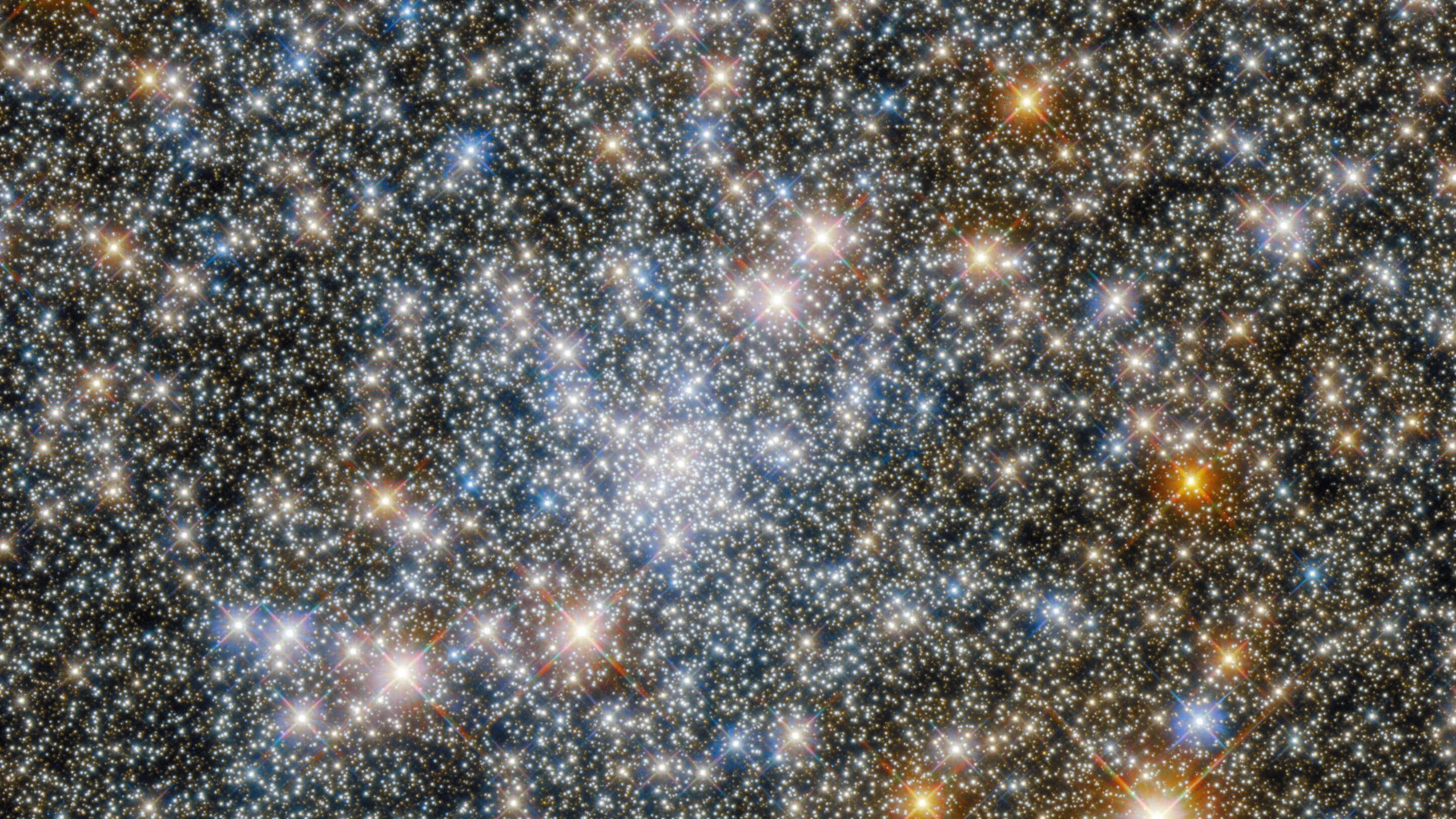Who hasn’t looked up into the nighttime sky and marveled at the beauty of the stars? I know I do often and it never fails to ground me. The magnificence of stars is a wonder to behold.
Stars, like people, can be young and old. Some old stars, just like people, act younger than they are. This article will highlight the lifetime of stars. Sit back, enjoy, and when you look into the sky at night remember that some stars are old, some are young, and no two are alike.
The lifetime of stars is termed a sequence. Their brightness is determined by temperature. Stars get energy from fusing hydrogen in their cores. As I mentioned above, no two stars are alike. Therefore, some will be brighter or dimmer, and hotter or colder. This is where things get more interesting – the colors will confuse you, at least they did me, because red is cooler than blue.
Larger stars are brighter and hotter than their smaller counterparts. Large stars glow in a blueish coloration vs the reddish coloration of the smaller ones. Red Dwarf stars are both dim and cool. They are always red in color. Medium-sized stars, those that are about as large as our sun, are both hot and bright. They burn in a whitish color. (https://www.space.com/blue-straggler-stars)
Astronomers have learned that stars get brighter and hotter as they age. This is due to the fusion of helium and the rapid burning of hydrogen that helps to keep their equilibrium. Young stars burn more hydrogen. When they no longer have hydrogen to burn for fuel they resort to burning helium and other heavier elements. This process is the sequence of stars. (https://www.space.com/blue-straggler-stars)
As stars move out of sequence their temperature and brightness may change. Their main sequence is used by astronomers to determine the age of the star. Some stars cluster and others not so much. Those in a cluster are believed to be approximately the same age because they theoretically began fusing hydrogen at the same time. (https://www.space.com/blue-straggler-stars)
Larger stars will eventually die and leave the sequence. Smaller ones will too. Astronomers are able to construct diagrams to depict the various temperatures and brightness of these stars and to approximate when they turn away from the sequence and cluster. Stars in a cluster will merge more frequently because it is dense. in the cluster. (https://www.space.com/blue-straggler-stars)
The so-called Blue Straggler star can remain both hot and bright. They do this because they are capable of burning hydrogen long after they have run out of fuel. (https://www.space.com/blue-straggler-stars)
Nearly all clusters contain Blue Stragglers. They are noted to rotate near the center of the cluster but the reason for this is unknown. It is surmised that they may have been created by the collisions or cannibalization of stars. Astronomers know that when two low-mass stars collide they can sometimes continue to live on. When this occurs it usually creates one large star that is somewhat out of sync rotationally speaking. Eventually, that rotation will fall back into sync. Larger stars are known to have shorter lives. (https://www.space.com/blue-straggler-stars)
I hope you have learned a bit about stars and the next time you lay on the grass and look into the sky watching those stars shimmer like diamonds will realize they are the oldest and brightest stars of all.






